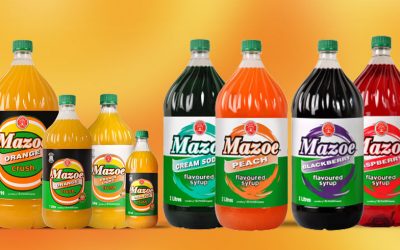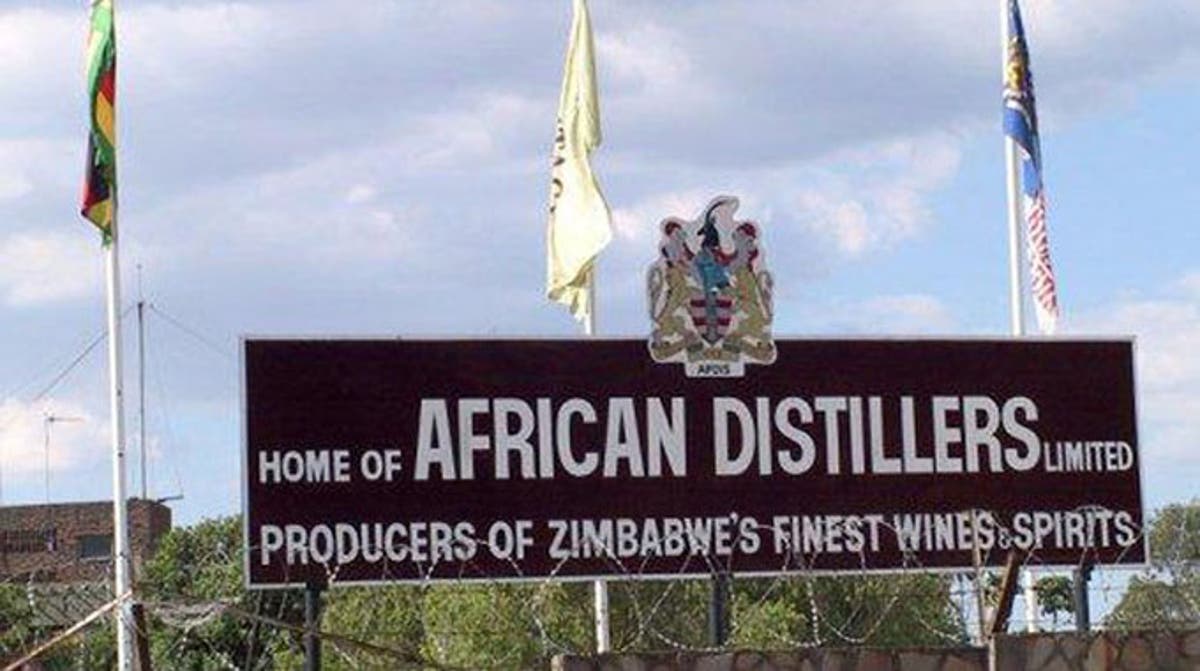Industry must be built on primary base
While many point out, correctly, that around 80 percent of goods on our shelves are supplied by Zimbabwean companies, far too much of this is still built around imported raw materials and components and Zimbabwe is very far from an autarky level of 80 percent.
For some products the imported content is near total. Packs of rice, for example, have imported rice in imported packaging.
About the only local content is the labour charge to split the bulk shipments and pack them in small packs, deliver them from the central packing plant for each company, and deal with the payments and accounts. Yet this would count as a 100 percent local product, although nothing in the mass in local.
When we describe packaging as imported, this would mean the initial plastic material components, board and paper, printing inks and printing plates.
Each of these materials may have local suppliers who make them up from the imported materials, possibly adding local water or alcohol, but there is no underlying chemical industry feeding in the bottom layer of raw materials.
There is value added, but without the starting level of an import there is no local product.
At the other extreme from rice on shop shelves is mealie mealie, which these days is 100 percent grown by Zimbabwean farmers, milled by Zimbabwean millers and packed by those same millers. Once again we have the imported packaging materials, at least the base layers of these.
Other products have gone largely local, at least outside packaging materials, including flour and most flour-based products.
There could be minor wheat imports needed of hard flours, but even in gourmet goods these are only a small percentage of the final figure and for many products the recipes and other inputs can mean pure Zimbabwean wheat and flour can be used.
Cooking oil still have a high imported content. This year should see the raw materials going above half Zimbabwean, but oil seeds and raw cooking oil, most of it raw soya oil, are still one of the largest single product imports.
Yet once the farmers can produce enough oil seed, and it is now obvious that sunflower and cotton seed are seen as becoming the main components in our oil blends, or at least taking over some of the imported soya.
So the agricultural revolution over the past four years has had a major impact, and has pushed a lot of raw materials into manufacturing. Going back down the value chain we still have imported fertilisers and fertiliser raw materials for the farmers to grow the extra crops.
Zimbabwe can now mine its own phosphates, but a lot of the raw material for nitrogen and potassium fertilisers still have to be imported.
Zimbabwe once produced most of the nitrogen fertiliser, using surplus capacity at Kariba South and gaining a special cheap rate out of hours. Electricity was used to liquefy air, so gaining the nitrogen, and for electrolysis of water, so gaining hydrogen.
Those two gases produced the ammonia, and the waste gas was oxygen from both processes, and that was sold to Zisco. All this explains why the initial chemical industry for Zimbabwe was in Kwekwe.
These days ammonia needs to be imported, from Mozambique or other countries with natural gas, the principle raw material for this fertiliser raw material.
But Zimbabwe has coalbed methane, in already proven reserves in Matabeleland North, plus natural gas which is largely methane in Muzarabani. These could be the main raw materials to start building a chemical industry.
Once you add in coal, and a lot of chemical industries around the world were built on chemicals extracted from coal, we are moving forward fast.
It should also be possible in Zimbabwe to find deposits of a lot more salts and so start moving towards self-sufficiency in all fertilisers.
Again it is a combination of mining and manufacturing to burrow right down the value chain from packing imported product all the way to digging the first level of raw materials out of the earth.
There are other primary industries we have never had, or which we once had but watched collapse.
Cotton is the obvious source of textiles in Zimbabwe, and we now have an investor rebuilding the spinnerets and looms in Chegutu and Kadoma.
This is a near-total rebuild. David Whitehead in its last functioning incarnation was owned by Lonrho and that conglomerate backed off from reinvestment and just let the plant run into the ground, a problem that bedevilled a lot of primary industry.
We used to make steel, admittedly using an old-fashioned process and we never had the final stages of roller mills and other material output, although there was a fair range of bars of carbon steels. Dinson is now almost finished building the first phase of its steel mills at Manhize and the range of output is scheduled to continue to expand.
This is an ultimate primary industry, that is one that creates raw materials for other heavy industry with only a mine behind it.
It is this range of primary industry that is required for Zimbabwe to become a major manufacturer, rather than the present position in our industrial sectors where so much is done to process and use imported output from primary industries in other countries.
So while there is a reasonable shelf percentage in final product, much of this final consumer layer is built on very shallow foundations.
Part of this is because of the weird way the Zimbabwean industrial base was built, at least after 1965.
From early colonial times, and even pre-colonial times in some respects, the modest industrial sector in Zimbabwe had two sources.
There was the sort of secondary industry we now have, companies that repaired machinery or did printing using imported machinery, or used imported equipment to make beer or other products. There was some mining, milling and other processing, far more at a primary level although the equipment and machinery was imported.
The colonial government for a long time was not that keen on manufacturing although the conditions came right from some during World War II, but economically Zimbabwe was seen as an offshoot of South Africa in the sterling area, able to use its status as a primary producer in agriculture and mining and build up the sterling balances, without having too large a white working class, which was considered undesirable. Creating a black working class was even more undesired.
Sometimes economists need to remember that the race and class make up of the tiny local elite, and understand that what was really desired was this minute ruling class of large landowners, a few professionals, and some richer miners, and not too much power in the hands of skilled labour, which would have been white, and definitely not in the hands of semi-skilled and unskilled labour, which would have been black.
Colonial politics could not keep the working class totally powerless, and they eventually voted for white supremacy, Ian Smith and UDI using their new majority to back the large land owners. White manufacturers and mining houses tended to be opposed to Smith.
UDI created the incentive to create a large secondary industry, since under the total control at that stage every dollar of foreign currency, along with the licence for the import, had to be approved.
This meant that there was a lot of pressure for shaving a dollar here and there from foreign currency costs, and so the creation of that large consumer industry with so much revolving around mixing and packaging imported materials.
There was the old innovation, the major grain and seed processing and milling, and the tertiary top lawyer to repairs and the servicing, but now with this dramatic new secondary mixing and packing sector. The South African model, and the South Africans were keen to expand local content, was done quite differently.
South Africa created huge parastatals to run the steel industry, the textile industry and the chemical industries, with the major mining companies being major customers of these and providing the initial demand.
So Southern Rhodesia assembled vehicles, while South Africa kept demanding technology transfer and having an ever-increasing percentage of each vehicle made from South African steels and other primary raw materials. One hundred percent assembly was a lot less important than 65 percent of value.
So we have the position now where the percentage of goods of South African origin on South African shelves is only a little higher than the Zimbabwean “local content” addresses. But as you tunnel down in South Africa the raw materials and the raw materials of the raw materials are largely local, so the final percentage in terms of value is far higher.-ebusinessweekly










